Chapter 5
My Father’s Ancestors
My paternal grandfather (Aja), John Babu Lachmansingh, was born at Bath Settlement,
West Coast Berbice in British Guiana, now Guyana, in 1864. He was the eldest of five children
of Pariag Singh and Akagee who arrived from Lucknow, Uttar Pradesh, India as indentured
labourers to work at Bath, a sugar plantation. Aja had two brothers Ramdhan and Kawall and
two sisters Laganee and Mary Subachan. I am not sure of the amount of schooling that he
received but most likely he did receive some. He worked on the sugar estate as a labourer and
eventually reached the position of driver (supervisor) of a work gang. He must have shown
leadership qualities to have been put in that position.
When slavery was abolished in 1834, there was a shortage of labour on the sugar
plantations in Guyana. The freed slaves were unwilling to work in the fields. Immigrants (freed
slaves) from the West Indies were then encouraged to work in Guyana but that experiment
ended in failure. Immigrants from China, Madeira, Germany and Ireland were also brought to
Guyana but they did not adjust easily to the harsh climate. During the same period, Mauritius,
which had experienced the same labour shortage as Guyana, had found that Indians made
excellent labourers on its sugar plantations. John Gladstone, owner of two sugar estates in
Guyana and father of the famous British statesman John Gladstone, solicited and obtained the
help of the East India Company. That paved the way for the importation of labourers from
India. The first arrival of immigrants from Calcutta, India was on May 5, 1838 on the ship
Whitby with 233 men, 5 women and 6 children. There were 5 deaths during the voyage which
took 112 days. It would seem that my paternal great grandparents arrived in Guyana some
time later during the period 1860-1863.
I do not have any information about my grandfather’s youth and working years. After
leaving Plantation Bath he lived in Bel Air, which is between Hope Town and Bush Lot.
According to Dwarka Nath in A History of Indians in Guyana, “land settlements were
established at Huist Dieren in 1880, at Helena and Bush Lot in 1897 at which they were offered
grants of land in lieu of their return passage rights”. As indicated earlier, the colony was
suffering from an acute shortage of labour. It was therefore necessary for immigrants to be
discouraged from returning to India. Reverend John Basnett Cropper, a Canadian Presbyterian
missionary was delegated to help in organizing the village.
The Canadian Presbyterian Mission established a combined School-Church in Bush Lot
and my grandfather who had settled there, was the first villager to be converted from the Hindu
religion to Christianity. I was told that there was strong opposition from his relatives. They
interrupted his baptism and in a scuffle, Rev. Cropper’s gown was torn. My grandmother quietly
opposed his conversion and remained a Hindu throughout her life.
It would appear that my grandfather was pressured into converting to Christianity. It
was in a sense a ticket to making progress. At that time teaching jobs in the Church-controlled
denominational schools were only given to Christians. I would assume that my uncles got their
teaching jobs because they were Christians.
Aja was a leader in Bush Lot. Villagers came to him for advice and he was not afraid to
approach Government officials on their behalf. He helped to settle disputes and lent a helping
hand to those in financial difficulties. He was fairly successful with rice cultivation and other
general farming (mango, cassava, coconut etc.). He encouraged and supported his son
Joseph, married with a family, during his medical studies at Dalhousie University in Nova
Scotia, Canada. Aja was a diabetic and died in 1937 at the age of 73, one year after my birth.
My Ajee, paternal grandmother, Mahadei was born in India. As a child she travelled with
her parents from Calcutta to Guyana on the ship Ganges in 1871. According to information
passed on in the family, she being a female, was destined to be killed. I feel that this had to do
with the dowry system which still existed in India. I was told that her parents escaped to
Guyana. She had four brothers: Baichoo, Chatterpaul, Inderjeet and Prettipaul. When she
was very young she was sent to live with a wealthy Bramhin family who lived in the same area
as her parents. The reason for this is not clear to me. She was married at seven years but
continued to live with that family. In 1880, when she reached fourteen or fifteen, she went to
live with her husband, my grandfather. I am not sure if she was able to read Hindi. She must
have received no formal education and must have been illiterate in English. This is quite
amazing because her eldest son Joseph Pariag became a medical doctor--Dr. J. P.
Lachmansingh. Another son Joshua Ramjeet was a headmaster. Dr. J. P. Lachmansingh and
his youngest brother Bally were Members of Parliament.

| Ajee – My paternal grandmother |
Ajee was a tall, attractive lady. She always wore a rummal, a head dress; she had a
nose ring and foot rings and never wore shoes. She was always working--feeding the animals
in the yard or working in the garden. My parents, uncles and aunts called her Didi. Didi is the
Hindi word for sister. Most likely when they were children they heard that name from her
brothers. Her brother Baichoo lived next door but he and Ajee were not on speaking terms. I
do not have fond memories of Ajee. As a child, my perception was that she never showed any
affection for me, my brothers and sisters, and did not like my mother. She seemed to favour
my cousins, Aunty Sill’s children. Ajee lived with Aunty Sill, her daughter. She died in 1951
when I was fifteen.
Relatives of my grandfather and my grandmother settled in Bush Lot area and the
surrounding villages Bath and Kingelly. In 1990, when my son Ramon was visiting Bush Lot, he
made the observation that there were a very large number of people in the village who were
related to me.
In 1995, Lachmansingh Primary School celebrated its Golden Jubilee. The school was
built to honour my grandfather who played a significant role in Bush Lot during its early years.
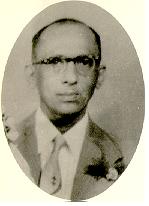
|
Elijah Dadhibal Lachmansingh -My father (5th child of family)
|
| My father's siblings |
|---|

|
Ruth Phulmat Rachpaul -My father's sister
|
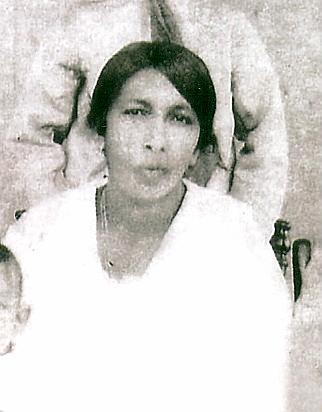
|
Beatrice Pulkaur Bankay (Aunty Babe) -My father's sister
|
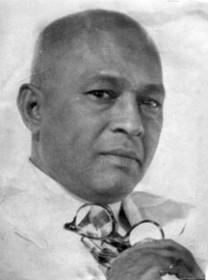
|
Dr. Joseph Priag Lachmansingh -My father's brother
|
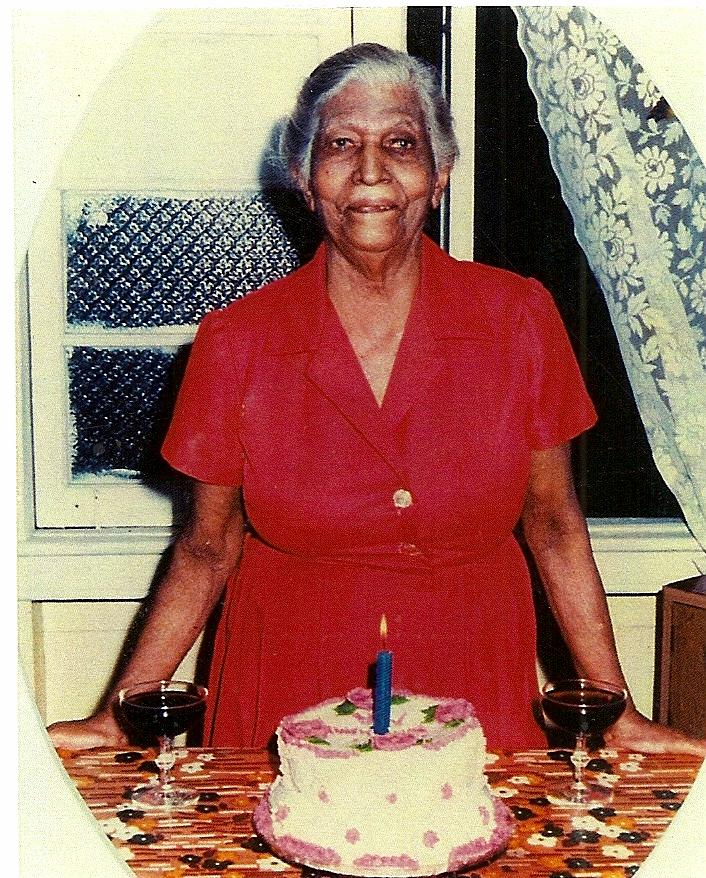
|
Silkoar Mohabir (Aunty Sil) -My father's sister
|
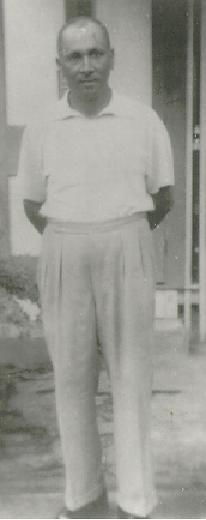
|
Joshua Ramjeet Lachmansingh (Uncle Ramjeet) –My father’s brother
|
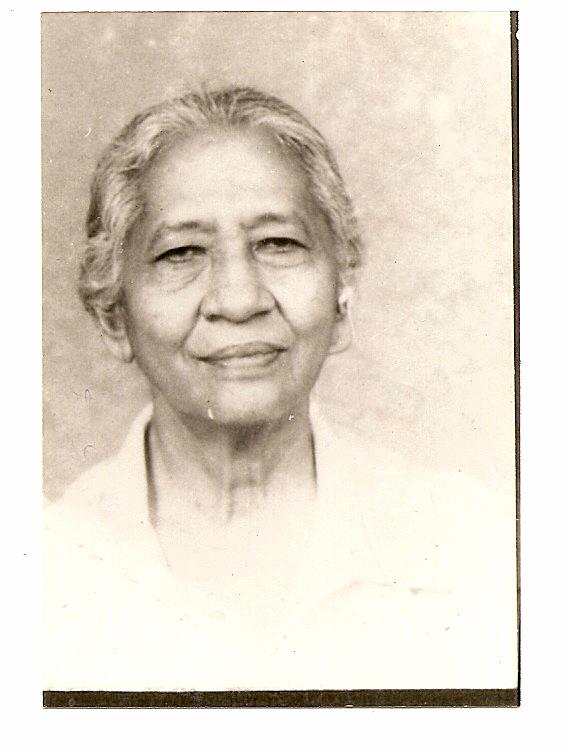
|
Miriam Pankuar Persaud (Aunty Bayba) -My father's sister
|

|
Sarabjeet Lachmansingh (Uncle Sarab) –My father’s brother
|
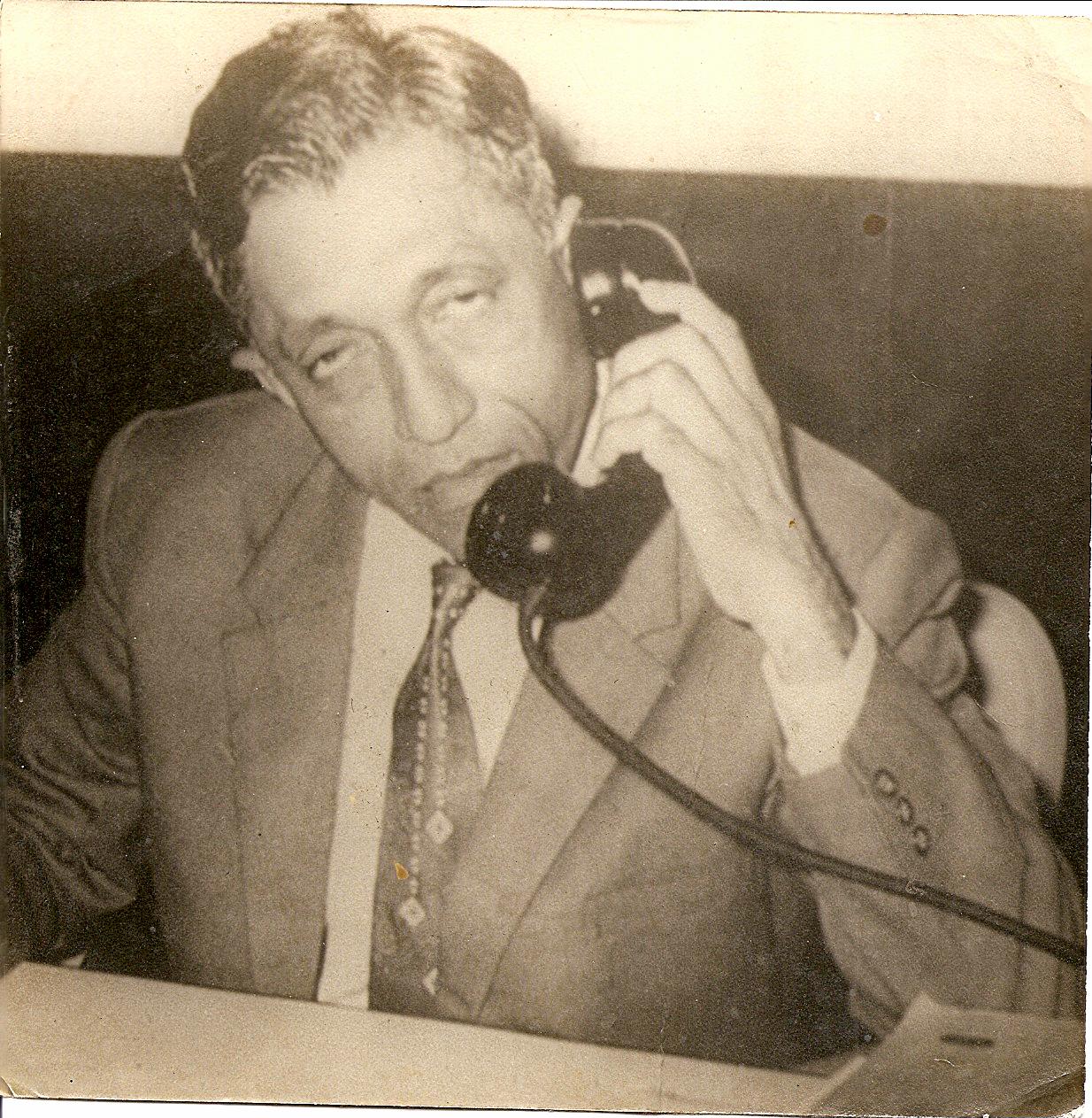
|
Samuel Maila Balish Lachmansingh (Uncle Bally) –My father’s brother
|
| Other Pictures |
|---|
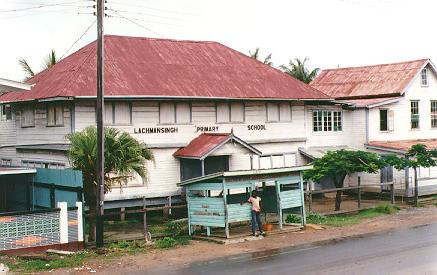
|
Lachmansingh Primary School,
Bush Lot, West Coast Berbice, Guyana
|
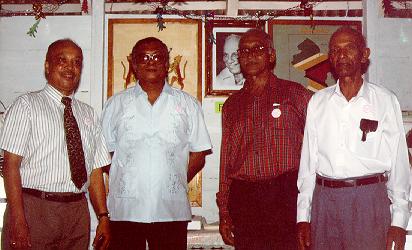
|
Lachmansingh Primary School Golden Jubilee Celebrations (1995)
Dr. David Lachmansingh, Esmond Lachmansingh, Arnold Persaud,
William Rachpaul
(grandsons of John Babu Lachmansingh)
|
ToC
Chapter 4
Chapter 6











